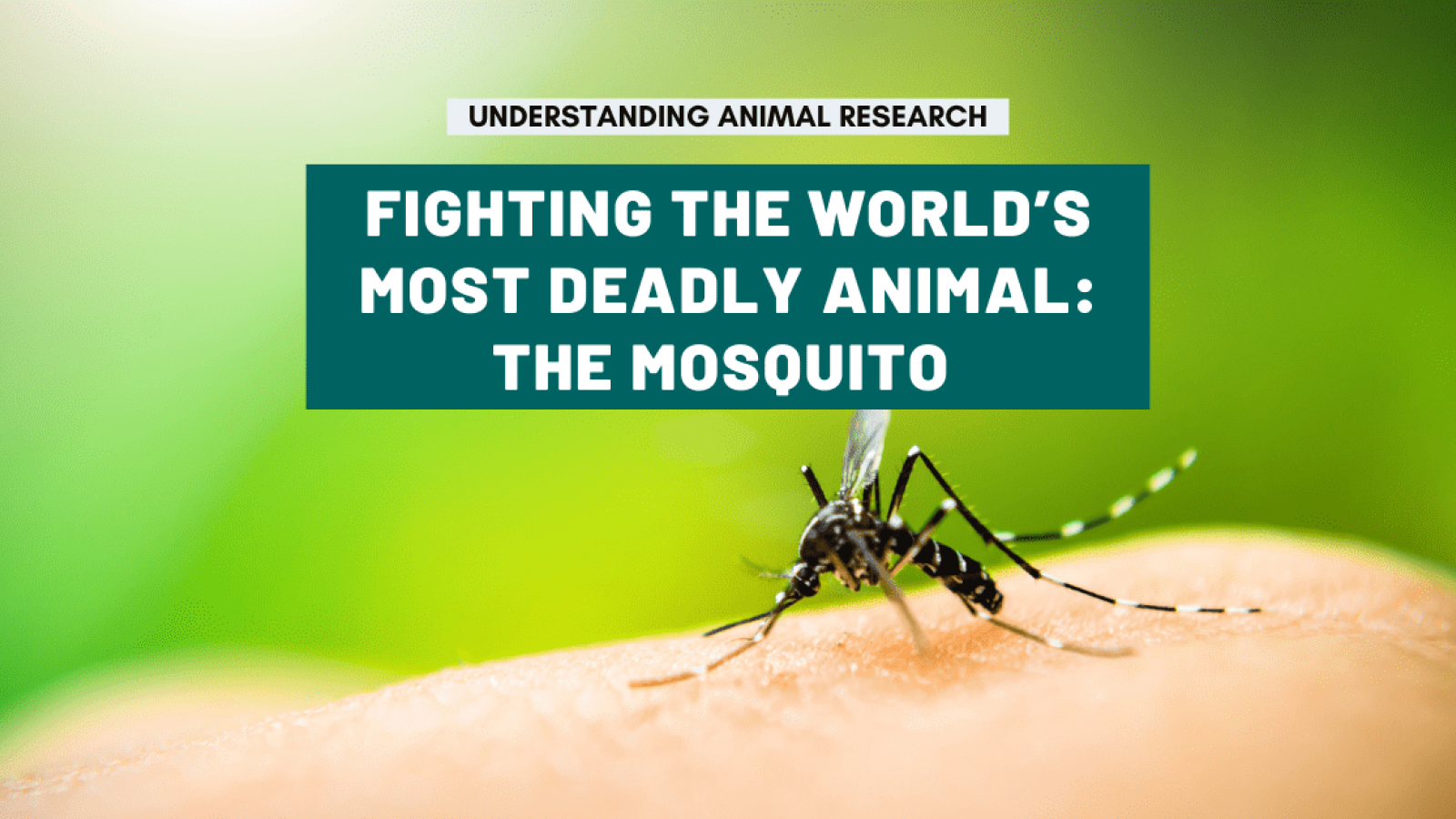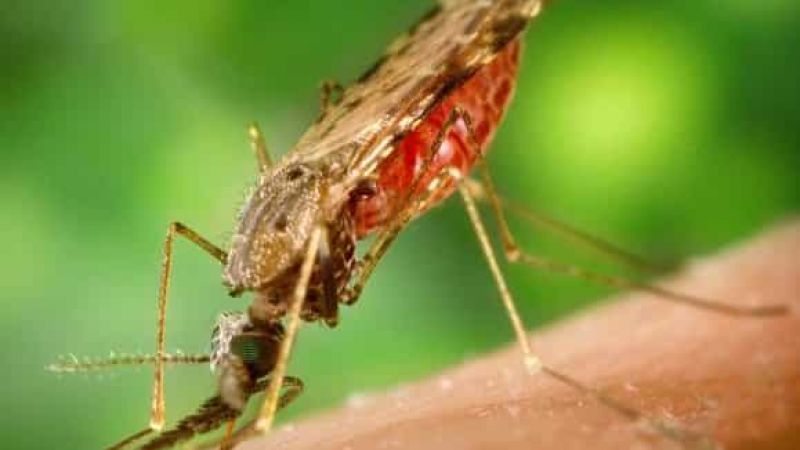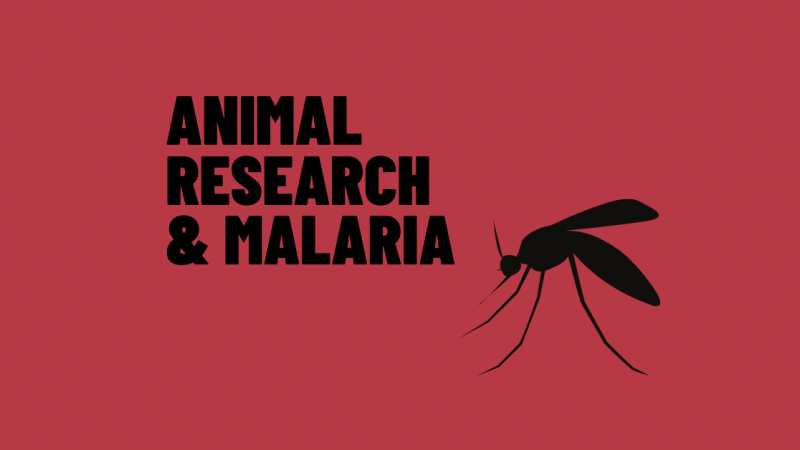It’s not lions, tigers, bears or even snakes that cause the most deaths from animals worldwide, but the tiny mosquito. This annoying, biting, long-legged insect is not just a nuisance, it carries many deadly and debilitating diseases such as malaria, dengue, West Nile fever, yellow fever, Zika, chikungunya and lymphatic filariasis (also known as elephantiasis, one of the world’s leading causes of disability).
The mosquito kills more people than any other creature in the world. Even today, almost one million people a year die from mosquito-borne disease.
There are over 3,000 mosquito species, but few consume human blood and transmit disease. The most dangerous mosquitoes are certain species of Anopheles, Aedea and Culex. Aedes aegypti alone spreads lymphatic filariasis, Zika, dengue and yellow fever.
The Anopheles mosquito, which is the main spreader of malaria in tropical and sub-tropical climates, can be found on every continent except Antarctica and its range is spreading north and south with climate change.
Killing mosquitoes is, therefore, an obvious, and deceptively simple way of keeping some major diseases at bay.
Mass-spraying of insecticides is still used to counter the outbreak of mosquito-borne disease, such as when Zika arrived in Florida, but its effects are not limited to the enemy and many other insects, including bees, butterflies, and other pollinators, are severely affected, so more targeted measures are sought.
Insecticide-treated bed nets, produced from the late 1980s, are deemed responsible for two-thirds of the seven million lives saved from malaria between 2000 and 2015, mainly in Africa. They are seen as a cornerstone of malaria prevention and control efforts.
However, mosquitoes are becoming resistant to insecticides, whether mass-sprayed or added to mosquito nets. More effective interventions against mosquito-borne diseases are needed and these will rely more and more on knowledge of local mosquito species and their host-seeking behaviour as well as a deeper understanding of the conditions that increase or decrease risk of infection.
Good timing of interventions can make a big difference. Ideally mosquito populations should be reduced before they trigger an outbreak of disease.
Several large-scale experiments in using genetically modified mosquitoes to control populations are being run in different locations around the world. There are two main approaches.
In the first, sterile male mosquitos are mass produced and released into the wild. These sterile males mate with wild females who then lay sterile eggs which will not hatch. This approach has been shown to reduce wild populations by as much as 90% in trials with Aedes aegypt.
The second approach is to introduce a gene that, if inherited, results in the death of the female, but not the male. Genetically modified males are mass produced and released. Only male offspring from matings between the modified males and wild females survive. They go on to breed, further spreading the female-killing gene and reducing the overall mosquito population.
Genetically modified mosquitoes have been successfully used in parts of Brazil, the Cayman Islands, Panama, and India to control Ae. aegypti mosquitoes. Since 2019, over one billion GM mosquitoes have been released.
When genetically modified mosquitoes stop being released into an area, the Ae. aegypti mosquito population slowly returns to normal levels, so control requires regular release of modified mosquitos.
One of great advantage is that genetically modified mosquitoes will only work to reduce numbers of the target mosquito species (eg Ae. aegypti), not other types of mosquitoes, leaving ecosystems intact.
Genetically modifying mosquitos
Producing genetically modified mosquitos is a laborious process. Pieces of DNA are injected into mosquito embryos at a very particular developmental stage in the egg and at a very precise location. Professor Luke Alphey, an arthropod geneticist at The Pirbright Institute explains:
“This is a very delicate micro-injection procedure that is technically demanding. Although we have quite a good success rate, we still need to inject 1,000 or so eggs to get about 100 fully grown adults. These are then bred to see which one can transmit the gene of interest to a next generation. And you might have to screen 10,000 or so individuals in the next generation to find the one.”
Scientists often use fluorescent tags attached to the gene of interest to identify the mosquitoes that carry it – a very useful visual cue to differentiate them from others in the field.
“Genetically modifying mosquitoes allows us to learn more about mosquito biology, how a pathogen infects and spreads in the insect, how the mosquito interacts with the pathogen but also its food source (humans) in hopes to find a way to limit or, even better, stop the spread of the disease.”
Although it is only female mosquitoes that bite, only the nectar-feeding males are modified.
“Some years ago we effectively produced sterile male mosquitoes. They needed a drug to survive. When released, they produced offspring that couldn’t grow up without this antidote. In the wild this second generation didn’t survive. Our modified males had almost no viable offspring. If enough wild females mated with our males, the target population would decline pretty dramatically. We demonstrated a 90% or so reduction.”
This technique has many advantages. For one thing, it is extremely species specific.
“We are not doing anything that insecticides or other mosquito control methods aren’t already doing, but we are being much more precise. Only the species of interest is affected. The males you release only mate with females of the same species and nothing else.”
The possibility of a really precise targeted species-specific control is quite hard to achieve by other methods.
“The released mosquitoes go out and look for females for you. They are neutralised even in relatively inaccessible hiding places. The males are quite likely to find them in ways that chemical insecticides or inspectors just can’t. So it is a very specific and efficient targeted technique.”
This has a very significant environmental benefit as other insect populations don’t have to die in order to control one species of mosquito. Plus, this targeted technique can be used to control invasive species in ecologically vulnerable settings. This is incredibly valuable for conservation biology and biodiversity.
Genetic manipulation can be used for population suppression, but researchers are also seeking other approaches to population modification. Alphey speculates about the future possibilities of genetically-modified mosquito disease control:
“What if we could make mosquitoes less able to transmit the disease and make it a heritable trait that could spread through a target population. The mosquitoes would still be filling their ecological niche - and still biting people - but they wouldn’t be transmitting diseases, or at least not nearly as well. It would be a bit like going around vaccinating mosquitoes. It would be the same outcome. The mosquitoes would still be there, and they’d still be biting people and doing their thing, but they wouldn't be transmitting disease.”
But for that kind of approach, scientists first need to understand more about why some mosquitoes carry diseases and some don’t.
Last edited: 25 January 2024 12:51




